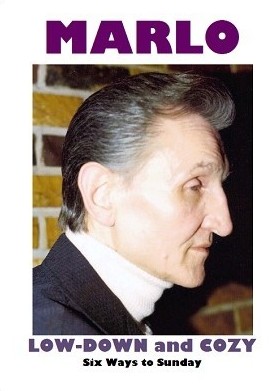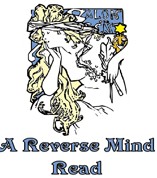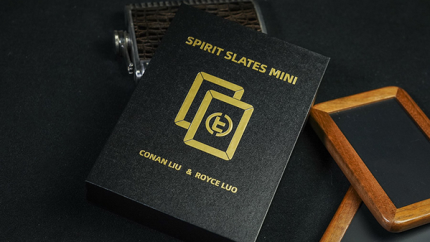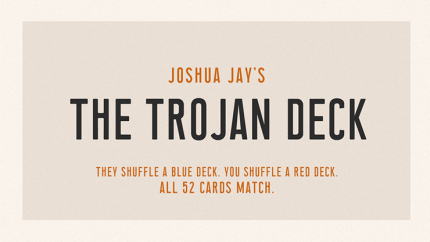This ebook features six presentations by Edward Marlo, one of the most prolific producers of card magic ever known. My criteria for selecting these six presentations was to pick effects that stressed subtlety and psychological cunning and required little or no difficult sleight-of-hand. The irony here is that such tricks are seldom associated with Marlo, even though he devised scores of easy, semi-automatic tricks during his career. But don’t despair. The ones in this ebook run a gamut.
Cozy Card to Case is a subtle version of an ancient trick dating back to Walter Gibson’s Popular Card Tricks. Most versions are based on miscalling a card. Marlo’s underhanded version eliminates writing down the names of cards and is not based on miscalling. Furthermore, it is easy to do and will puzzle anyone familiar with older methods.
Marlo’s Low-Down Aces provides a change-of-pace from performing “McDonald’s Aces” and was a precursor of Bob Kohler’s marketed, “Aces in Their Faces.” If you already own Kohler’s version, you can use his gimmicked cards. Otherwise this groundbreaking version permits you to ostensibly show both sides of every card and each disappearance of Aces from their respective packets is quite startling and deceptive.
Spots before Your Eyes is a spin-off of an under-appreciated effect by Brother John Hamman. Also, how the Pip-Covering Moves are done might change your mind about using this artifice? If so, you will probably understand why this effect appealed to Derek Dingle, Larry Jennings, and Bruce Cervon.
Smyth Bliss is a good example of how Marlo squeezed more “juice” from known principles. In this case, the operative principle, set forth by Professor Sydney Lawrence in Ten Self-Working Master Effects, is the Rashomon Principle. Two spectators are forced to choose the same card due to a clever placement idea. 1 This great semi-automatic trick took to heart Al Baker’s admonishment that “magicians stop thinking too soon.”
The Twisting craze has mercifully abated, but Vernon’s “Twisting the Aces” is still performed. Marlo’s Upside-Down Syndrome is based on a “buried” Larry West trick and is an example of getting maximum effect using only a few cards.
Leipzig Would Have Loved This! is a tribute to Nate Leipzig’s classic version and is based on a Herbert Milton trick dating back to the early 20s. The original versions used double-face cards and many magicians worked out variations –Charlie Miller, Orville Meyer, and Derek Dingle, to name a few. Marlo’s initial ungimmicked version was published in The Cardician (1953), but was too challenging for most students to master. This version eliminates difficult sleights and substitutes cozy subtleties.
1st edition 2015, 47 pages.
word count: 9982 which is equivalent to 39 standard pages of text














